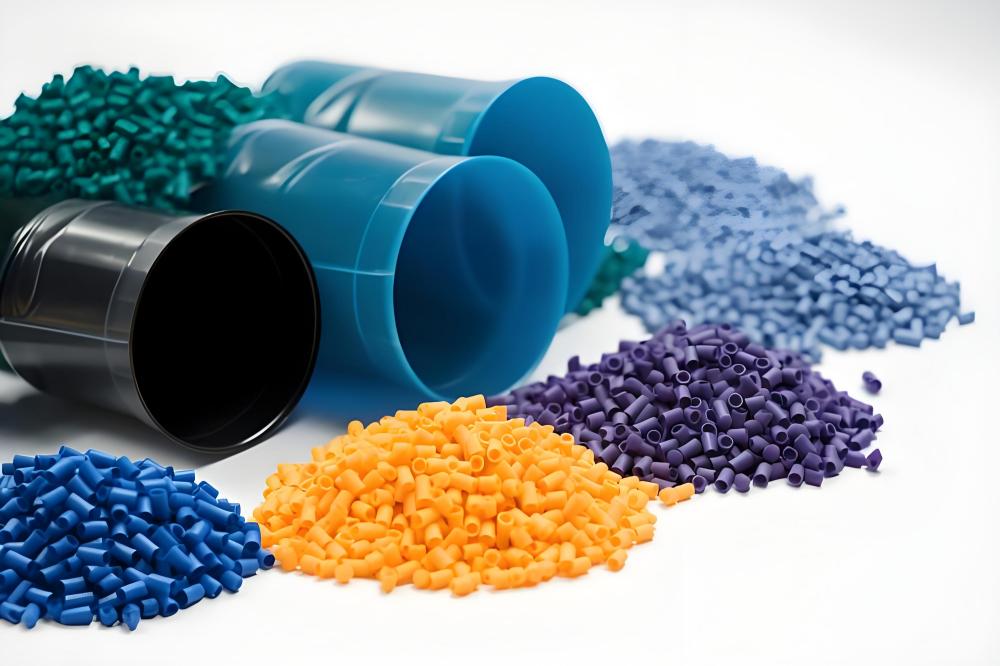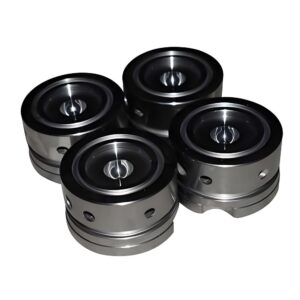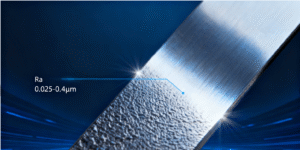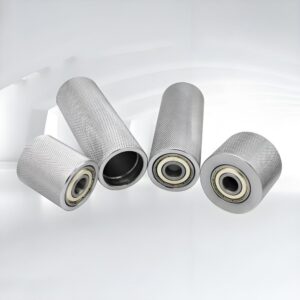Fluoropolymers have revolutionized countless industries, from aerospace to medical manufacturing, thanks to their remarkable durability and adaptability. These high-performance plastics stand out for their ability to endure harsh conditions, resist chemicals, and maintain stability under extreme temperatures. This blog dives deep into the world of fluoropolymers, shedding light on their characteristics, varieties, real-world applications, and how to select the right one for your needs. For companies seeking top-tier machining solutions, understanding these materials is the first step toward unlocking their potential.
What Are Fluoropolymers and Why Do They Matter?
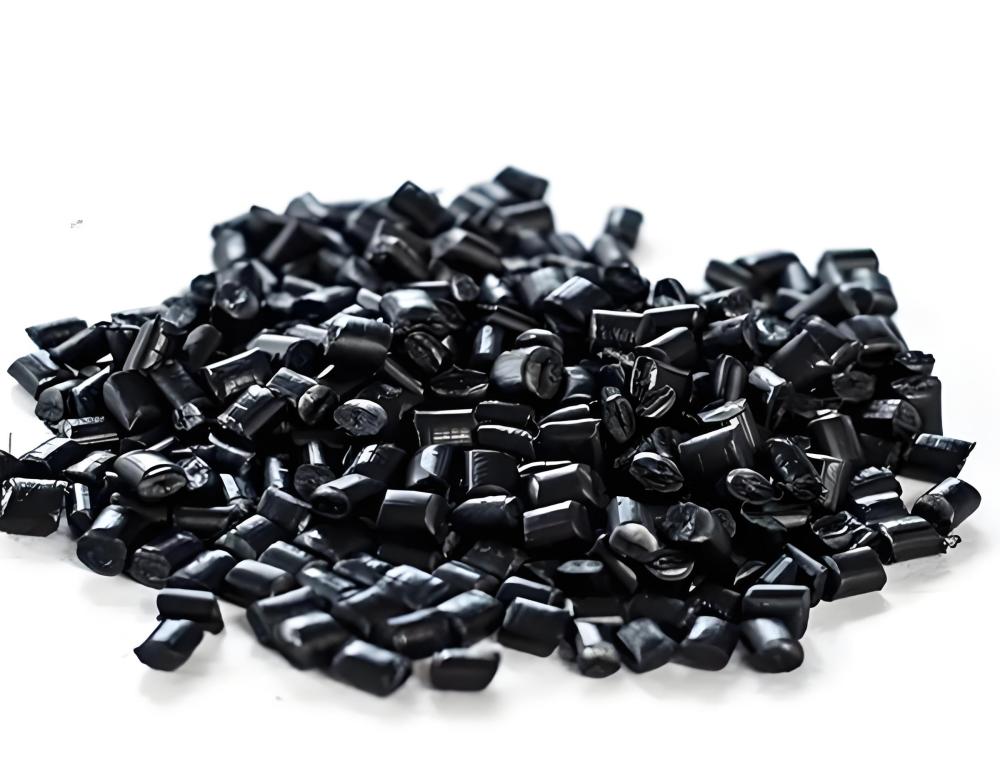
Fluoropolymers are a class of synthetic plastics defined by the inclusion of fluorine atoms in their molecular structure. These materials are celebrated for their exceptional resistance to chemicals, heat, and wear, making them a preferred choice for challenging environments. Unlike standard plastics, fluoropolymers hold up against corrosive substances and high temperatures, thanks to the strong carbon-fluorine bonds in their makeup. This unique chemistry delivers unmatched stability and versatility.
The journey of fluoropolymers began in the 1930s with the discovery of polytetrafluoroethylene (PTFE), famously known as Teflon. Since then, the family of fluoropolymers has grown, with each type designed to meet specific industrial demands. From protective coatings to precision-engineered components, these materials have become a cornerstone of modern manufacturing, offering reliability where other plastics fall short.
Key Characteristics of Fluoropolymers
Fluoropolymers are celebrated for their exceptional qualities, making them a top choice for industries requiring high-performance materials. Their unique mechanical and physical properties enable them to excel in challenging environments, from aerospace to medical manufacturing. Below are the standout characteristics that define fluoropolymers and their value in precision applications.
Mechanical Properties of Fluoropolymers
- High Tensile Strength: Fluoropolymers resist stretching and pulling forces, maintaining their shape under stress. This durability is ideal for components like seals and gaskets in demanding machinery.
- Low Friction Surface: Materials like PTFE are renowned for their slick, non-stick nature, reducing wear in moving parts such as bearings or sliders, which extends component lifespan.
- Abrasion Resistance: Fluoropolymers withstand constant contact and friction, making them perfect for high-wear applications like conveyor systems or industrial equipment.
- Flexibility for Machining: Despite their strength, fluoropolymers can be precision-machined into complex shapes, offering versatility for custom-engineered parts.
Physical Properties of Fluoropolymers
- Superior Thermal Stability: Fluoropolymers endure extreme temperatures, often exceeding 260°C (500°F), making them a go-to for aerospace components and electronics exposed to heat.
- Non-Stick Characteristics: Their low surface energy prevents adhesion, ensuring easy cleaning and resistance to contamination, as seen in PTFE’s use in non-stick cookware.
- Electrical Insulation: With excellent dielectric properties, fluoropolymers are ideal for wiring, circuit boards, and connectors in electronics manufacturing.
- UV and Weather Resistance: Fluoropolymers hold up against UV radiation and harsh weather, ensuring long-term performance in outdoor applications like solar panels or architectural membranes.
These mechanical and physical traits make fluoropolymers a versatile and reliable choice for industries seeking materials that combine durability, functionality, and adaptability.
What Are the Different Types of Fluoropolymers?
Fluoropolymers come in several varieties, each tailored to specific needs. Here’s a look at some of the most common types and their unique strengths:
Polytetrafluoroethylene (PTFE)
Famous for its non-stick surface and chemical resistance, PTFE is a staple in coatings, seals, and gaskets. It’s ideal for low-friction applications but may lack the mechanical strength of other options.
Fluorinated Ethylene Propylene (FEP)
FEP shares PTFE’s chemical resistance but offers greater clarity and flexibility, making it perfect for tubing and wire insulation in electronics.
Perfluoroalkoxy (PFA)
With superior mechanical strength and processability, PFA thrives in high-temperature environments like chemical processing and semiconductor manufacturing.
Ethylene Tetrafluoroethylene (ETFE)
Known for its toughness and radiation resistance, ETFE is widely used in aerospace and architectural applications, such as lightweight roofing systems.
Polyvinylidene Fluoride (PVDF)
PVDF stands out for its UV stability and chemical resistance, commonly found in piping systems and renewable energy components like solar panel backsheets.
Each fluoropolymer type brings a unique blend of properties, empowering manufacturers to choose the best fit for their projects.
Applications of Fluoropolymer Material
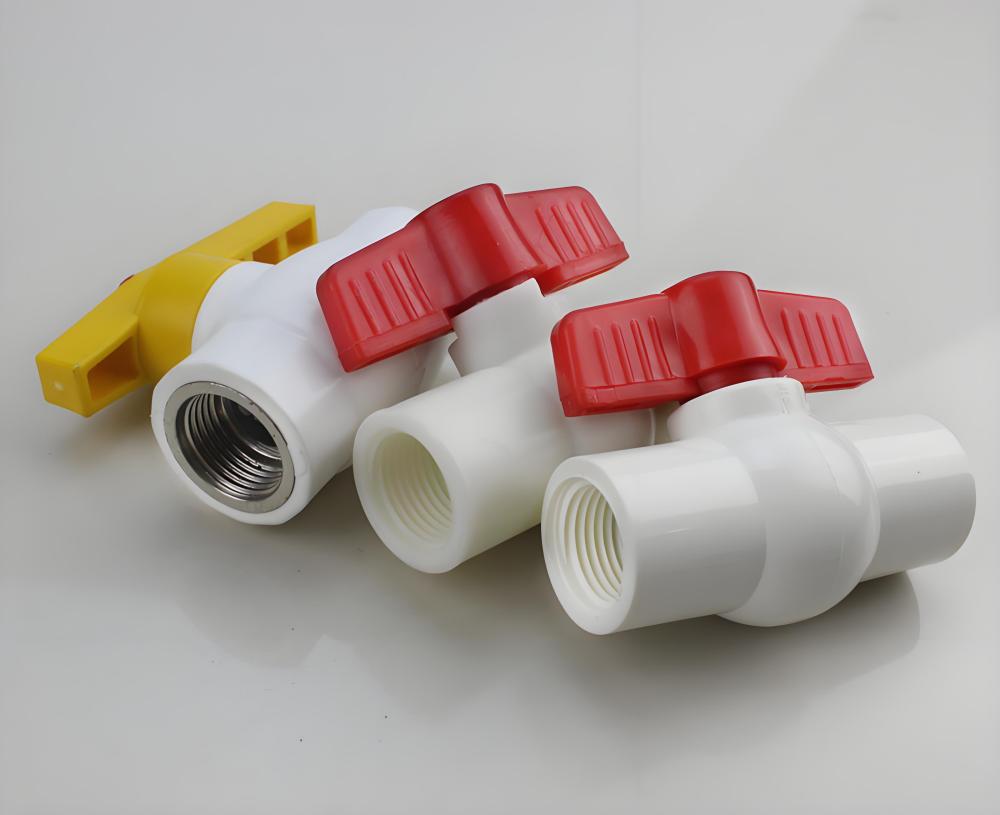
The applications of fluoropolymers are vast and varied, reflecting their adaptability and high performance:
- Chemical Industry: Fluoropolymers resist aggressive chemicals and corrosive environments, making them ideal for lining tanks, pipes, and valves.
- Electronics: High electrical insulation and thermal stability make fluoropolymers perfect for wire coatings, insulating films, and semiconductor components.
- Aerospace and Automotive: Lightweight yet durable, fluoropolymers are used in fuel systems, gaskets, seals, and wiring insulation.
- Medical Devices: Biocompatibility and chemical resistance allow fluoropolymers to be used in surgical instruments, catheters, and drug delivery systems.
- Food and Packaging: PTFE and related polymers provide non-stick coatings for cookware and safe chemical barriers in food processing.
By providing such versatile applications, fluoropolymers contribute to efficiency, safety, and longevity across multiple industries.
Advantages and Disadvantages of Fluoropolymers
To make informed decisions, it’s important to weigh the benefits and challenges of using fluoropolymers in manufacturing.
Advantages
- Unmatched Chemical Resistance: Fluoropolymers stand up to acids, bases, and solvents, making them ideal for harsh industrial environments.
- High Thermal Stability: They perform reliably in extreme heat, ensuring consistent results in demanding applications.
- Low Friction Surface: Their non-stick nature reduces wear, extending the life of components like seals and bearings.
- Superior Electrical Insulation: Fluoropolymers are perfect for electronics, offering excellent dielectric properties.
- Long-Term Durability: Resistance to UV rays, weathering, and abrasion ensures fluoropolymers last in tough conditions.
Disadvantages
- Higher Cost: Fluoropolymers can be pricier than standard plastics, which may impact budget-conscious projects.
- Machining Challenges: Some types, like PTFE, require specialized techniques due to their high melting points and low flowability.
- Mechanical Limitations: Certain fluoropolymers may not match the strength of metals or other engineering materials in high-load scenarios.
- Environmental Considerations: The production and disposal of some fluoropolymers require careful management to minimize environmental impact.
Understanding these trade-offs helps businesses decide when and how to use fluoropolymers effectively.
Choosing the Right Fluoropolymer for Your Project
Selecting the best fluoropolymer depends on the specific demands of your application. Here are key factors to consider:
- Operating Environment: Will the material face extreme heat, chemicals, or UV exposure? PTFE or PFA are excellent for high-temperature or corrosive settings.
- Mechanical Requirements: For applications needing high strength or flexibility, ETFE or PVDF may be the best choice.
- Electrical Needs: If insulation or dielectric performance is critical, FEP or PTFE are top contenders.
- Budget Constraints: Cost-sensitive projects might opt for PVDF, which balances performance and affordability.
- Machining Precision: Fluoropolymers often require specialized machining, so partnering with an experienced manufacturer is essential.
Working with a skilled machining partner can simplify the process, ensuring you select a fluoropolymer that meets both performance and cost goals.
Precionn – Your Trusted Partner for Fluoropolymer Machining
When it comes to turning fluoropolymers into high-quality components, Precionn stands out as a leader in precision manufacturing. Specializing in the machining industry, Precionn delivers expertly crafted parts tailored to the unique properties of fluoropolymers. Their advanced facilities and experienced team ensure every component meets the highest standards, whether for aerospace, medical, or industrial applications. For international customers seeking reliable, high-performance solutions, Precionn’s expertise in fluoropolymer machining is unmatched. Visit their website to learn how they can bring precision and innovation to your next project.

